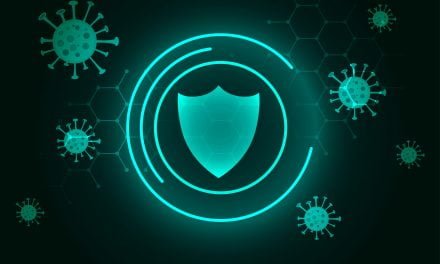After a year of shaky defence against cybercriminals exploiting the pandemic panic, will IT teams finally regain control in 2021?
We think so, and here are the four reasons:
- Mobile devices will be highly-targeted
For the last few years, cybercriminals generally worked to infiltrate an organization’s network. This is because once they were able to gain access, they could easily execute a ransomware attack that affected the entire network, causing downtime and eventually a surrender and ransomware pay-out. The art of penetrating into these secure networks takes time, resources and expertise, which hackers continue to prove they have. But, with a remote workforce comes new challenges as employees use personal devices to review sensitive information and work. Employees that are working remotely open up an organization to major vulnerabilities because the enlarged attack surfaces are much easier for attackers to exploit.
In 2021, we will see cybercriminals become more sophisticated in how they attack our mobile devices, ultimately executing an island-hopping scenario. If hackers can get into your Android or iPhone, they will then be able to enter your work network whether it is deactivating VPNs or breaking down firewalls.
We will see companies roll out new mobile device policies and infrastructure to allow workers to continue working remotely but with greater awareness of the risks these devices pose and how to protect themselves and the organization at large. Additionally, a large part of these policies will center around software updates and patches, ensuring that all personal devices are up to date in order to fend off attackers who have already figured out how to hack into previous software versions.
- Healthcare security will change drastically
It is no secret that healthcare is one of the industries that was immensely disrupted as a result of the pandemic. Routine appointments and all other non-emergency services were converted into telehealth appointments, bringing patient data outside of the hospital’s four walls. A lot of healthcare providers are now accessing patients’ personally identifiable information (PII) in remote settings, presenting a number of privacy and security issues since home and public networks are much more vulnerable to malicious actors than corporate networks.
In 2021, we will see cybercriminals exploit these newly-created security vulnerabilities, which could potentially impact millions of patient records and data: stuff that cybercriminals are likely to sell on the dark web.
With that said, I do believe that healthcare organizations are being heard around the severity of risk they are facing as both patient data and intellectual property become golden opportunities for cybercriminals. Therefore, we will see increased IT and security budgets for these organizations to arm themselves with the necessary tools to combat heightened outside threats.
- Defender confidence is on the rise
In 2020, the pandemic put organizations’ security posture to the test and exposed areas of weakness that can be attributed to the overnight digital transformation many organizations had to make. But while many are quick to point out the doomsday scenarios some companies faced, there was not enough emphasis on the fact that security tools and processes are working. Defender technology, whether geared towards endpoint, network or the application layer, is doing the job it is designed to do, and that is no small feat.
In 2021, we will continue to see security teams being empowered and working closely with leaders in the organization. As IT and security continue to work together to enable business continuity, we will see the negative and stereotypical narrative around the two teams working poorly together quickly fade into the background. More tools geared towards end-users will come to light, also contributing to less friction between security and IT departments.
Rick McElroy, Principal Cybersecurity Strategist
- Cybercriminals will remain opportunistic
There was significant activity on cybercrime markets and forums in 2020, and we can only expect this trend to continue into the new year. With ransomware as a Service (RaaS), bulletproof hosting, and a myriad of privacy-centric cryptocurrencies, the dark web economy has made it easier than ever to get involved in cybercrime. We are now seeing traditional criminal enterprises move their operations online, in much the same way as many legitimate businesses in 2020 amid the pandemic.
In 2021, we will likely start to see new approaches, tactics and targets by cybercriminals. As government, healthcare and financial organization scale up cybersecurity, cybercrime organizations will continue looking for new opportunities for revenue.
Matt Bennett, Senior Director, Asia Pacific and Japan

















